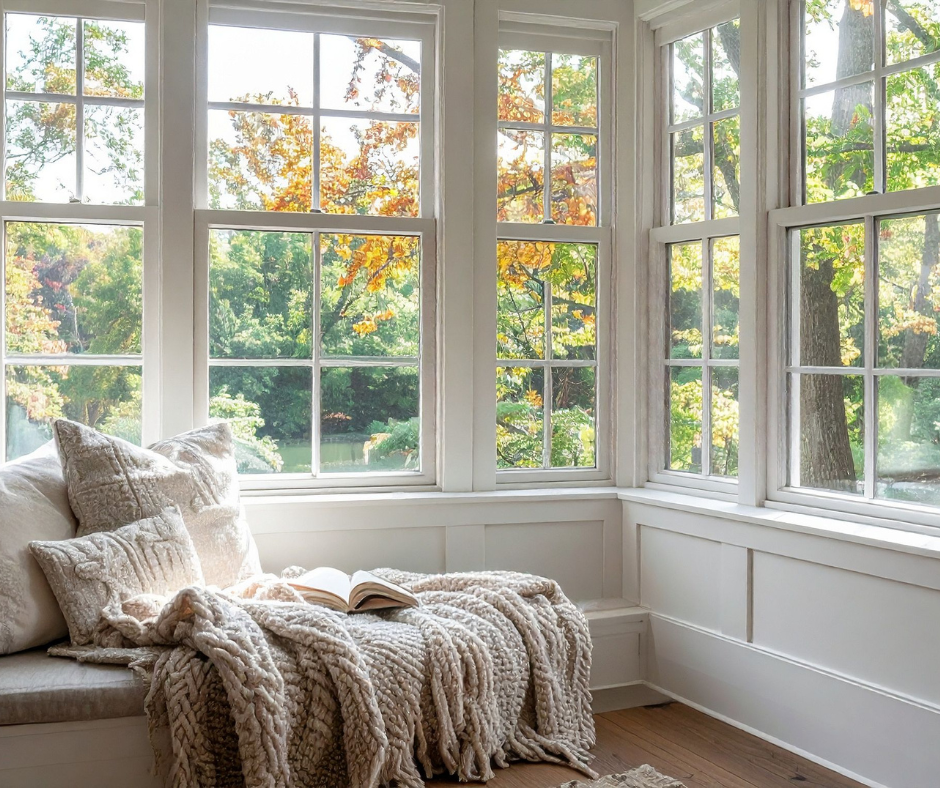When going through a divorce or separation, one of the most important decisions you’ll make is about child custody, specifically, where your child will live and who will provide their daily care. If you’re exploring custody options, it’s important to understand what sole physical custody means and whether it’s the right fit for your situation.
What Is Sole Physical Custody?
Sole physical custody (also known as primary physical custody) means that the child lives with one parent most or all of the time. This parent is known as the custodial parent and is responsible for the child’s day-to-day needs, including meals, school routines, medical care, and overall daily care.
The other parent, referred to as the non-custodial parent, may have visitation rights or scheduled parenting time, but the child’s primary residence remains with one parent.
When Is Sole Physical Custody Appropriate?
Sole physical custody may be the best option in situations where:
- One parent has been the primary caregiver and the child needs stability
- The parents live far apart, making joint custody impractical
- There are concerns about the child’s safety or well-being in one household (e.g., substance abuse, neglect, or domestic violence)
Both parents agree that living primarily with one parent is in the child’s best interest.
Pros and Cons of
Sole Physical Custody

-
Provides the child with a stable, consistent home environment
-
Reduces transitions between households, which can be less stressful for younger children
-
Gives one parent clear responsibility for the child’s daily routine and care

-
Limits the amount of time the child spends with the other parent
-
Can lead to conflict if the non-custodial parent feels excluded
-
May require careful planning to ensure the child maintains a strong relationship with both parents
How Sole Physical Custody Affects Your Parenting Plan
If you choose sole physical custody, your parenting plan should include:
-
A clearly defined visitation schedule for the non-custodial parent
-
Details on how holidays, vacations, and school breaks will be handled
-
Provisions for communication between the child and the non-custodial parent
-
Clauses addressing how future changes to custody or visitation will be handled
A strong parenting plan minimizes confusion and conflict while supporting your child’s ongoing relationship with both parents.
Legal vs. Physical Custody:
What’s the Difference?
It’s important to remember that physical custody is different from legal custody.
Physical custody refers to where the child lives and who provides daily care.
Legal custody refers to who has the right to make major decisions about the child’s education, medical care, religion, and more.
*It’s possible for one parent to have sole physical custody while both parents share joint legal custody, or vice versa.*
Need Help Creating a Custody Agreement?
If you’re preparing a parenting plan, using a trusted legal template can help ensure that your agreement is thorough, legally accurate, and easy to understand.

-
Sole and joint physical custody arrangements
-
Parenting schedules, including alternating weekends and2-2-3 shared parenting
-
Language that’s ready for use in court or negotiation
Click below to access the Parenting Plan Template Shop
Sole physical custody can provide stability and structure for children during a difficult transition. Whether you're working through divorce mediation or filing a court petition, understanding your custody options and choosing the one that best supports your child's needs can make a lasting, positive impact on their life.
Let our parenting plan template help you establish a stable, supportive arrangement for your child.

view + leave comments . . .